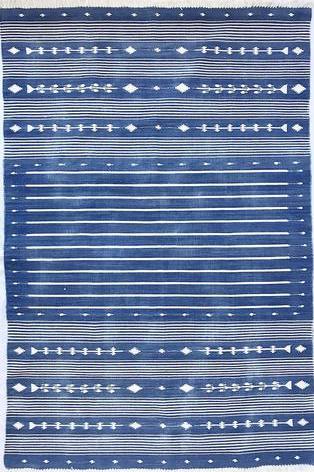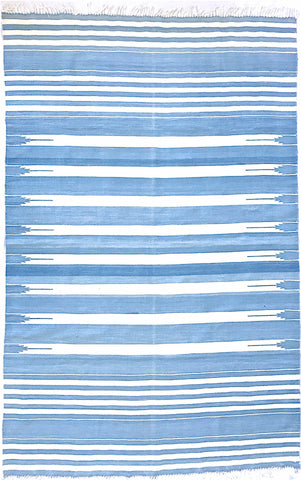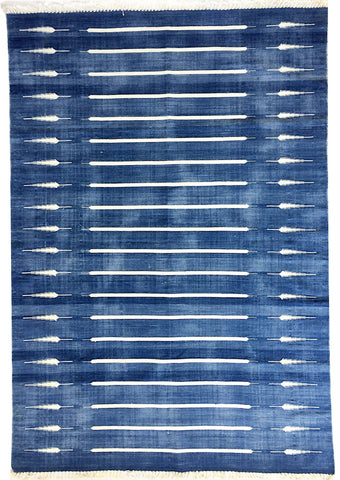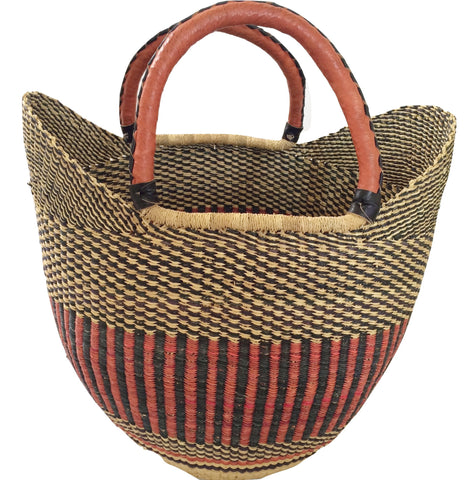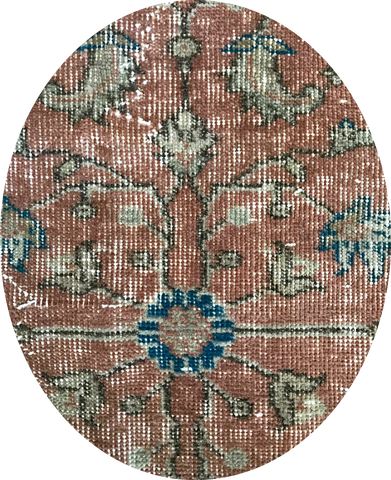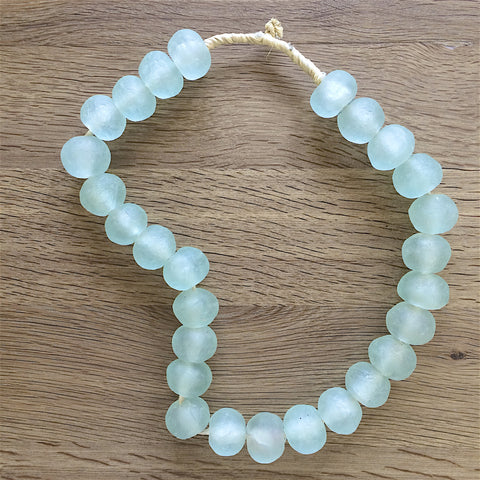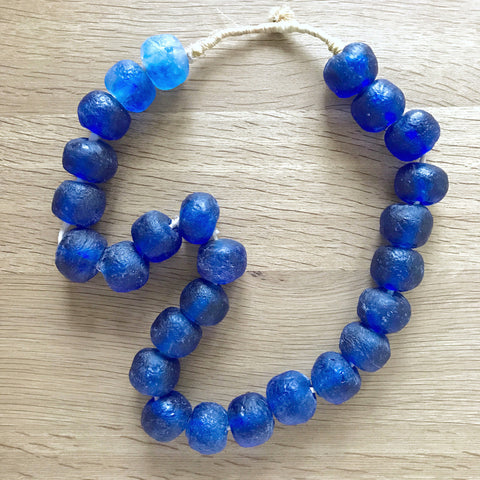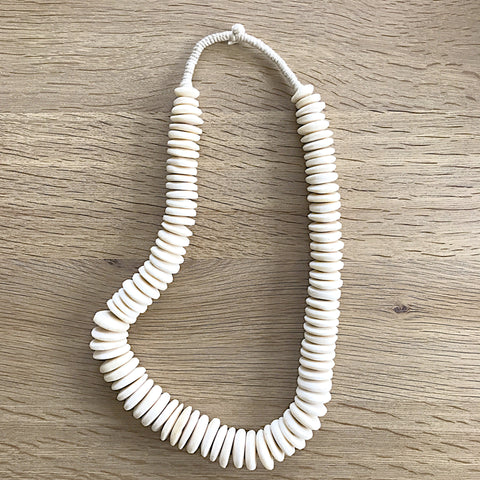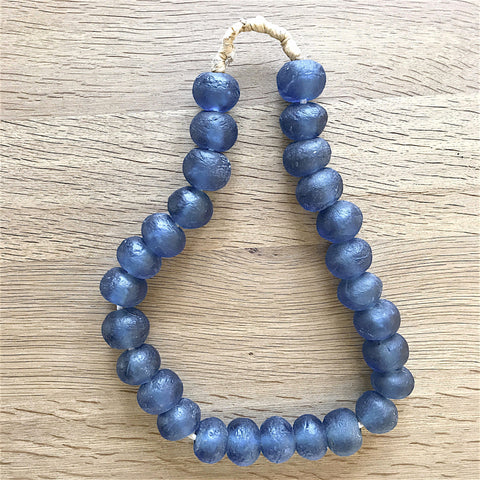Vintage 1960 ashtray

Vintage Freeman McFarland Atomic Era Amoeba Ashtray
approximate size:10"
Story Behind the Art
Freeman McFarlin was founded by Gerald McFarlin and Maynard Anthony Freeman in the 1927 and they operated McFarlin Potteries in El Monte California.
Gerald McFarlin was the businessman of the duo and Maynard Anthony Freeman was responsible for completely reinventing their line, changing it from mostly small animal figurines to very large figurines that were sculpted with great detail, movement, and expression. Some of the larger animal figurines were just down right amazing, especially the birds and owls; some we so large that they had a wingspan of up to 16 inches!
Maynard Anthony Freeman’s signature is commonly found on pieces he designed, along with other designers such as Kay Finch, Rutledge, Hetrick and Wright. Kay Finch produced new designs for the company in the 1960’s and early 1970’s.
Early production took place at the El Monte factory, and in 1968 a second plant was added in San Marcos due to the popularity of the pieces; however the success was short lived.
In the late sixties Gerald McFarlin sold his interest in the company and Freeman sold the remainder of the company to International Multifoods in 1972. The El Monte factory closed permanently in 1975 and operations were consolidated at the San Marcos plant. In 1980 Hagen-Renaker bought the San Marcos plant and acquired all of the Freeman-McFarlin Pottery operations. Hagen-Renaker continued to use many of Freeman McFarlin designs and continued to make figurines until the factory closed in 1986. Some were sold with "Freeman McFarlin, a division of Hagen Renaker" tags but if they are not labeled it can be very difficult to decipher if a figurines is Freeman-McFarlin or Hagen-Renaker.
Freeman McFarlin used multiple colors on their figurines including light/tan brown, gold leaf, silver leaf, yellow, red, black, green, brown, white, and a lladro like blue/white. White and gold were by far the most common colors. Sometimes you will see areas of red on gold-leaf pieces and this is not considered a flaw. The red coating under the leaf is used to give the gold leaf a very vibrant color and the rubbing comes with age. Hagen Renaker used white or gold leaf finishes on most of the Freeman pieces they produced, but they also made Gray Elephants, Brown Foxes, Gray Mice, and Siamese cats.
Freeman McFarlin also produced ceramic wall hangings of mermaids and other characters that are hugely popular, but I find their animals to be their greatest works of art.



